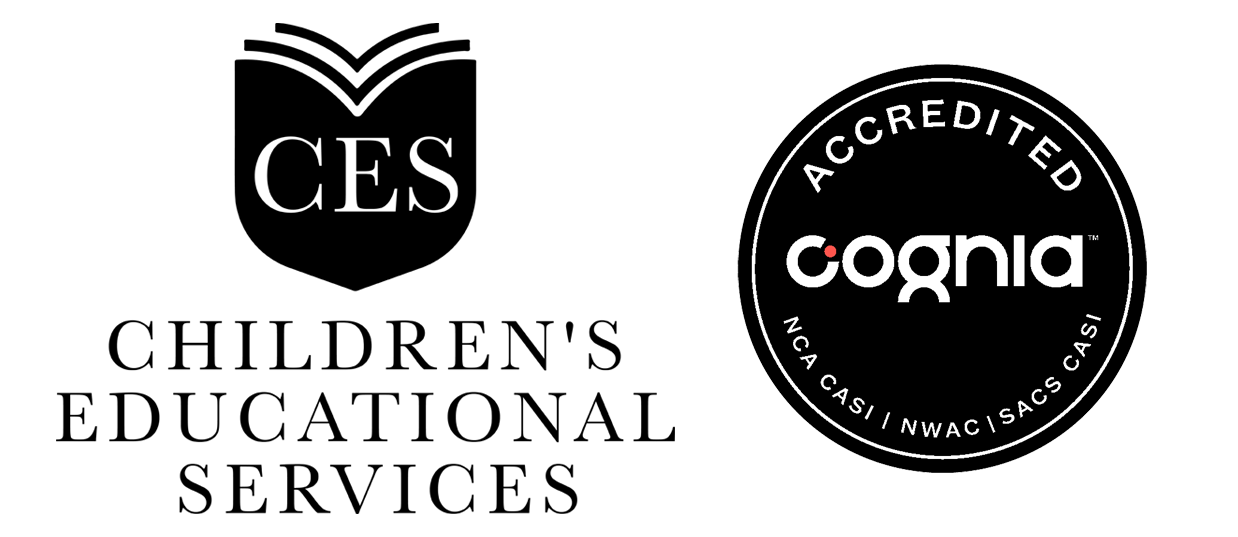According to the Individuals with Disabilities Education Act (IDEA), public schools must create an IEP for all children needing special education accommodations. From the age of 3 until graduating from high school, students may be eligible for an IEP.
IEPs are meant to help address each student’s unique challenges and educational goals. It is a legally binding contract that the school must adhere to.
An IEP must include:
- A statement noting your child’s current performance and status
- Your child’s annual goals (updated each year)
- Support services, accommodations or modifications to help your child succeed
- Any modifications to required testing needed for your child
- How progress will be measured
- Transition plans for after graduation
How Do I Get My Child an IEP?
Not all students struggling in school qualify for an IEP. Evaluations are done to determine the presence of a disability or developmental delay that hinders performance in school:
- If you suspect your child has some kind of learning disability, you can request an evaluation from the school by writing a letter to the school principal. Your child may undergo several tests. They do not make any medical diagnoses—only your child’s doctor can do that—but they can note if special education services are needed.
- The school officials will review the evaluation with you and decide if special services will help your child. If you both agree that accommodations are needed, you will create an IEP.
Who Creates the IEP?
Your child will have a whole team who creates the IEP. You will play an integral role in the plan’s development. Other people on the team include your child’s teacher, special education provider, school district representative and the school psychologist. In addition, you can request that others join the team, such as a physical therapist or translator.
What are the Next Steps?
After your IEP meeting, you will be asked to consent to the draft IEP. You do not have to give an answer right away; you can take time to review it or consult your child’s physician if desired.
What if My Child Goes to Private School?
If your child goes to private school, it’s important to know that private schools are not required to provide special education support services. However, you can contact your school district to begin the IEP process. Some districts set aside funds for support services for private school students, but this fund is often very limited and is not guaranteed.
What if I Don’t Think the IEP is Sufficient?
If you disagree with portions of the IEP, you can agree to only some portions and dispute other items. Your objections will be added as an addendum.
If you don’t think the entire IEP is useful, you can refuse the entire document and request another meeting to identify other solutions.
What if My Child Is Found to Not Need an IEP, But is Still Struggling?
If your child has learning or attention issues but does not qualify for an IEP, there are other options available to you. A 504 Plan is an alternative you can consider.
The 504 plan lays out modifications and accommodations, but students who fall under a 504 plan typically remain in a general classroom. To qualify:
- Children must have a physical or mental impairment that limits at least one major activity, such as reading
- The impairment must be permanent, and not a temporary disability, such as a broken leg
504 plans are frequently used for children with disabilities like ADHD or dyslexia.
Source: HFUW


